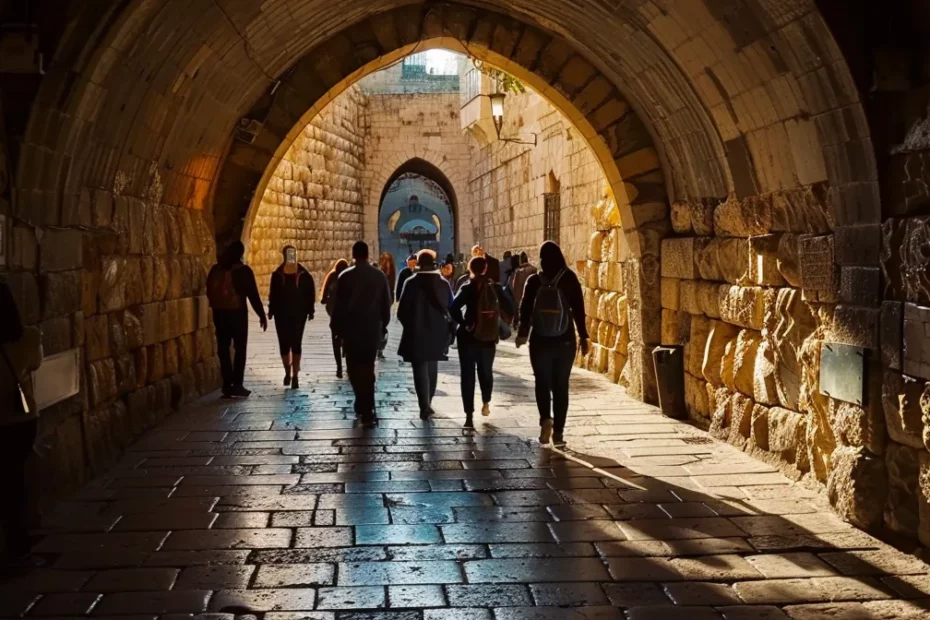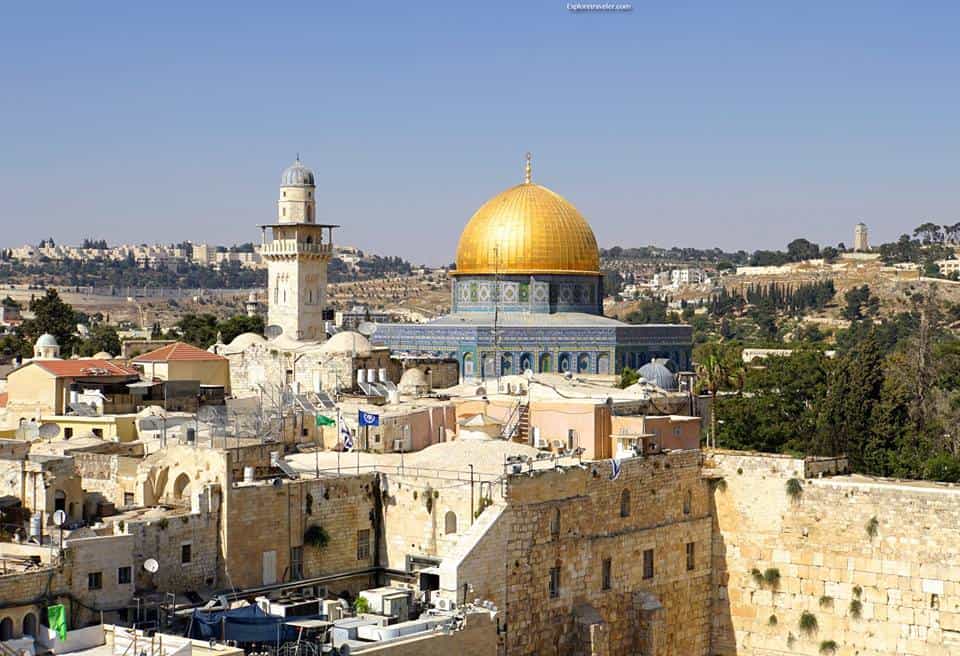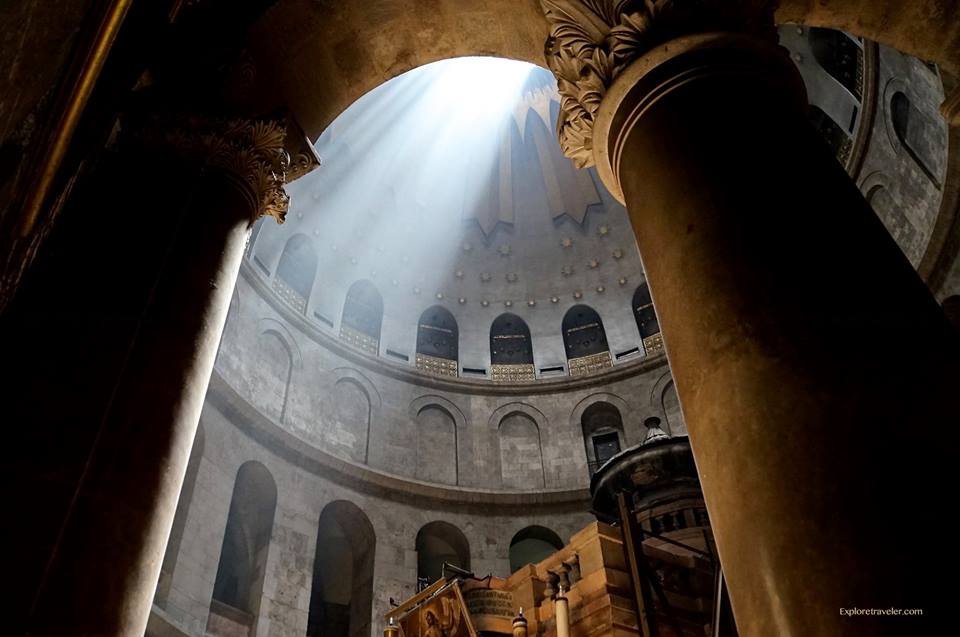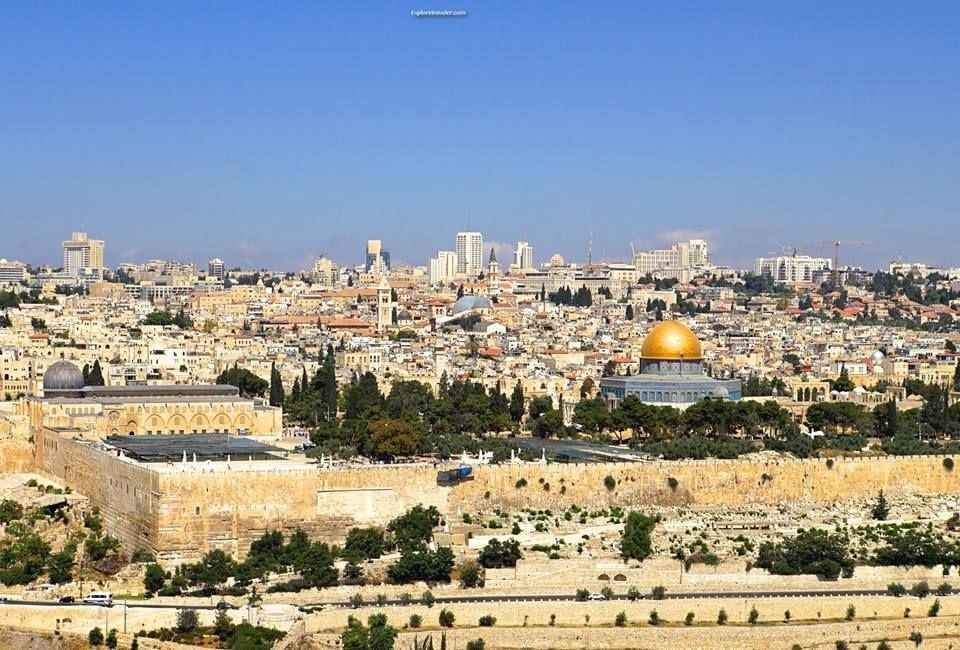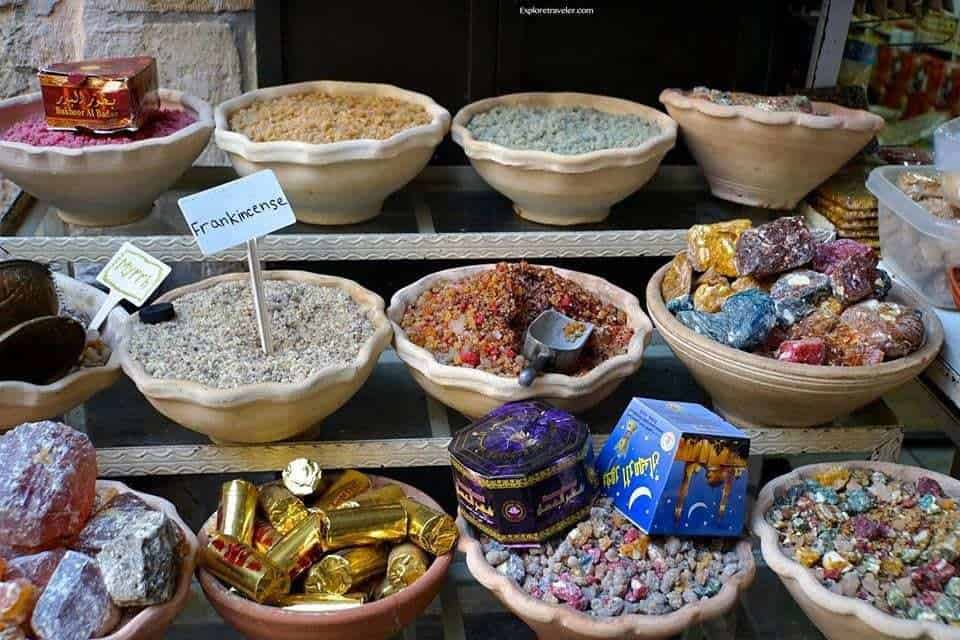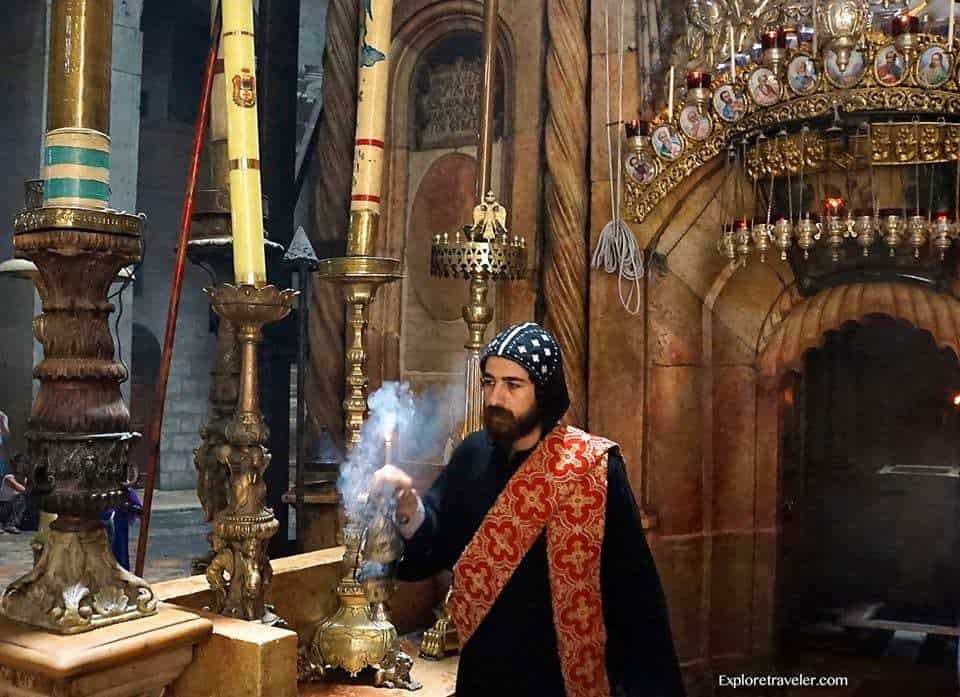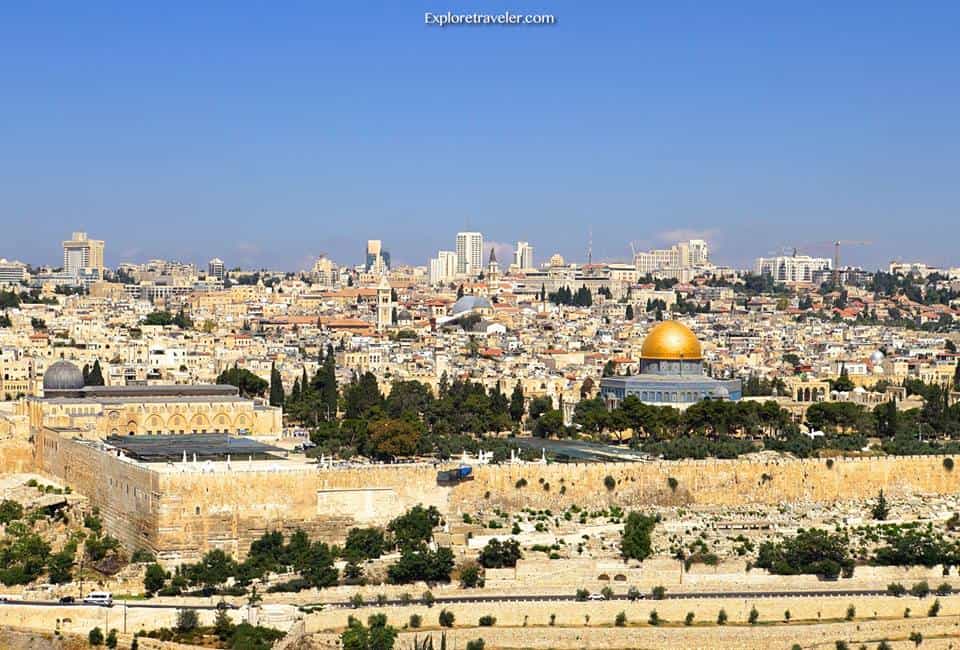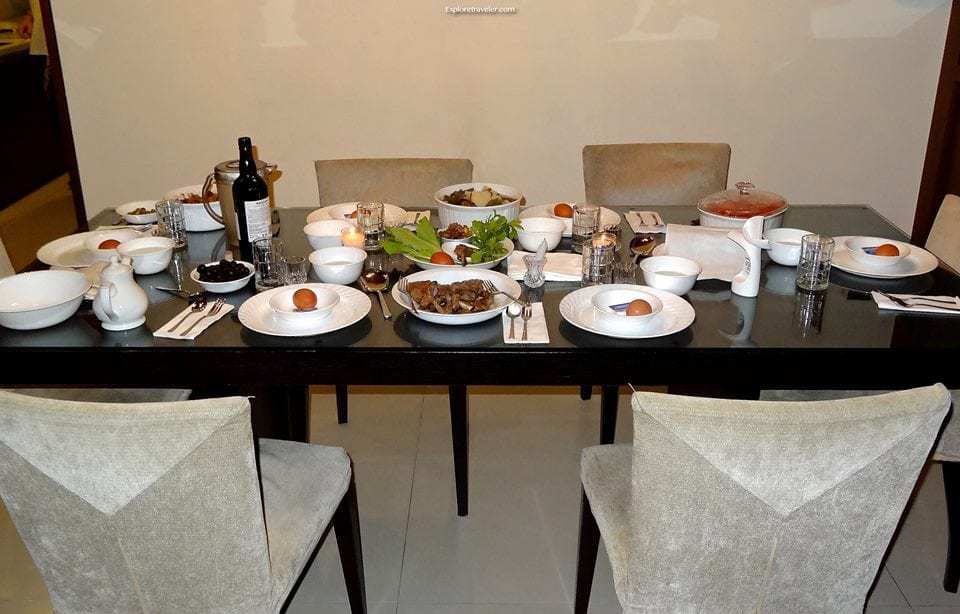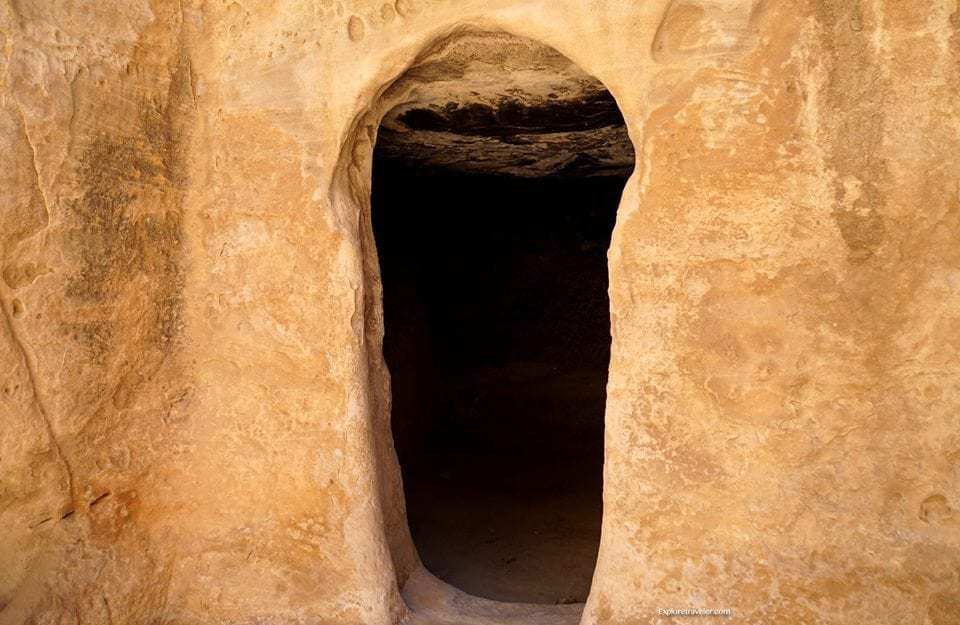Jerusalem
The Temple Mount In Jerusalem
The Temple Mount In Jerusalem History The Temple Mount in… Read More »The Temple Mount In Jerusalem
The Magnificent Church Of The Holy Sepulcher In Jerusalem Israel
Light Shines In The Darkness At The Church Of The… Read More »The Magnificent Church Of The Holy Sepulcher In Jerusalem Israel
Photo Tour Of Jerusalem In Israel
The Holy City Of Jerusalem In Israel There is no… Read More »Photo Tour Of Jerusalem In Israel
Treasures In The Old City Of Jerusalem
Treasures Of Frankincense, And Myrrh Treasures of Frankincense and Myrrh… Read More »Treasures In The Old City Of Jerusalem
Christians Experience Holy Week In Jerusalem
The Church of the Holy Sepulcher in the Old City… Read More »Christians Experience Holy Week In Jerusalem
The Holy City Of Jerusalem
The Holy City Of Jerusalem Jerusalem, the city of God,… Read More »The Holy City Of Jerusalem
Israel, Palestinian Territories, Jordan Adventure Tour Review
Israel, Palestinian Territories, Jordan Adventure Tour Review will be a… Read More »Israel, Palestinian Territories, Jordan Adventure Tour Review
Passover In The Holy Land
Preparing The Home For Passover Passover or… Read More »Passover In The Holy Land
